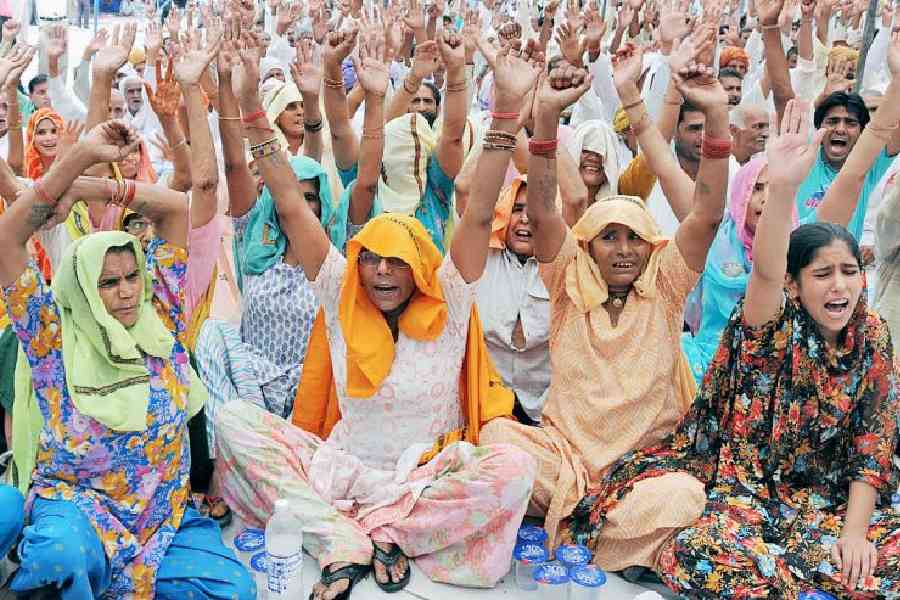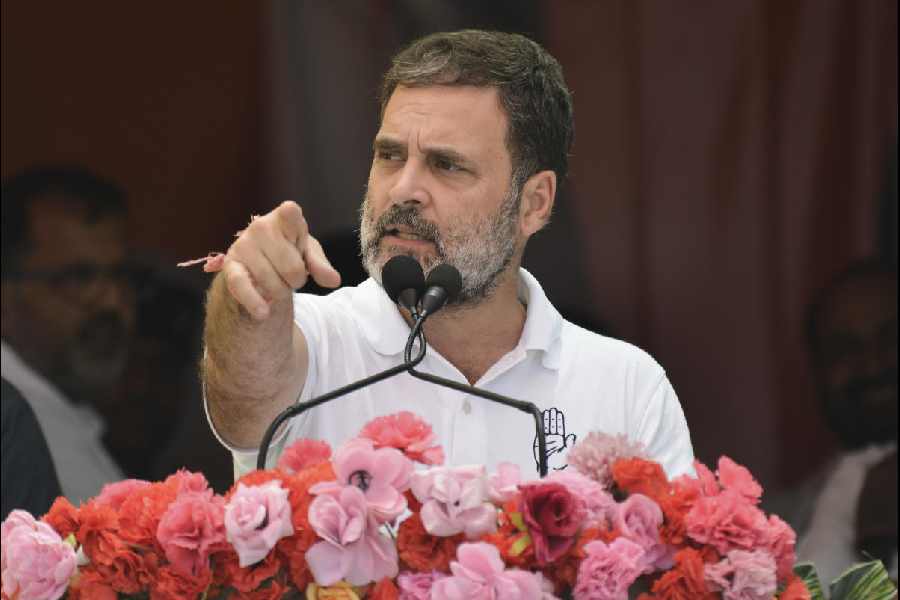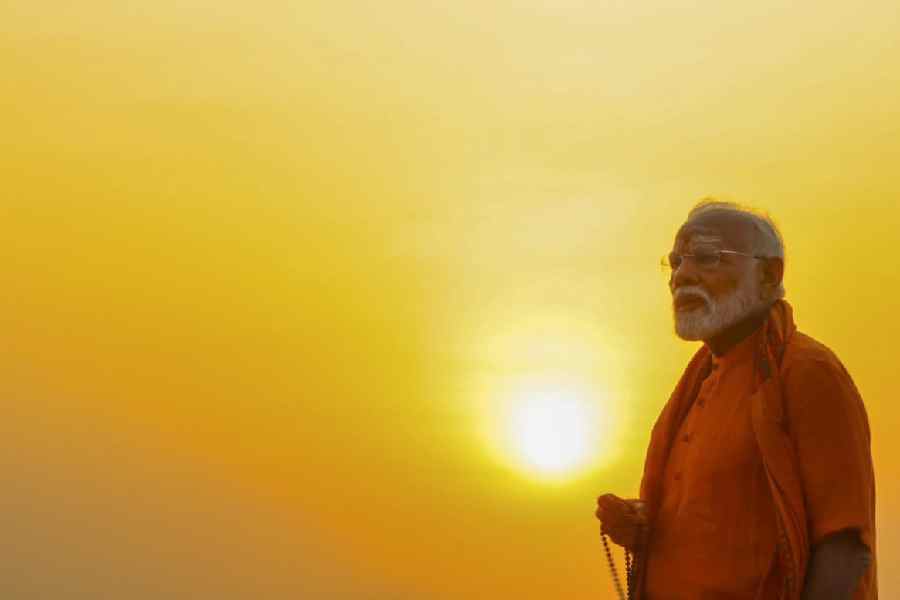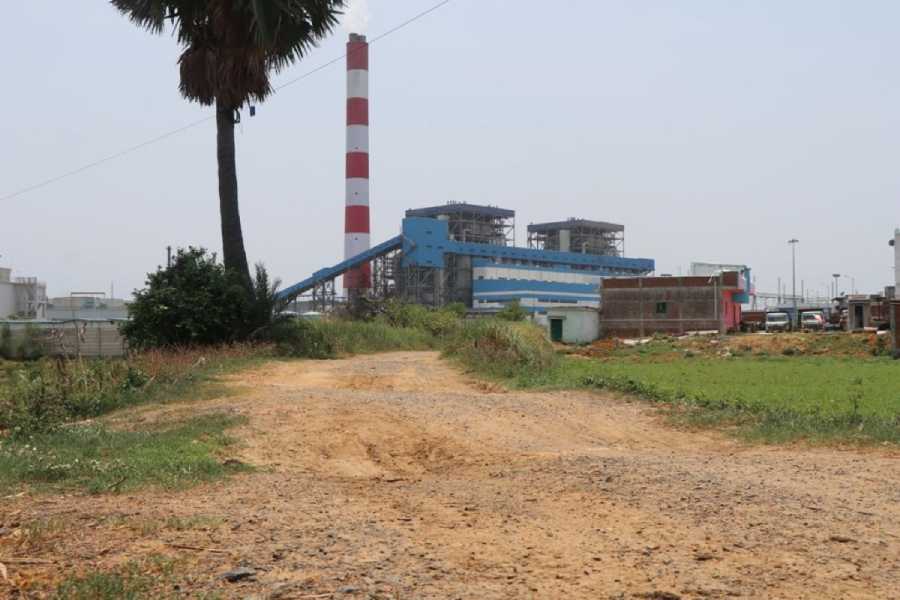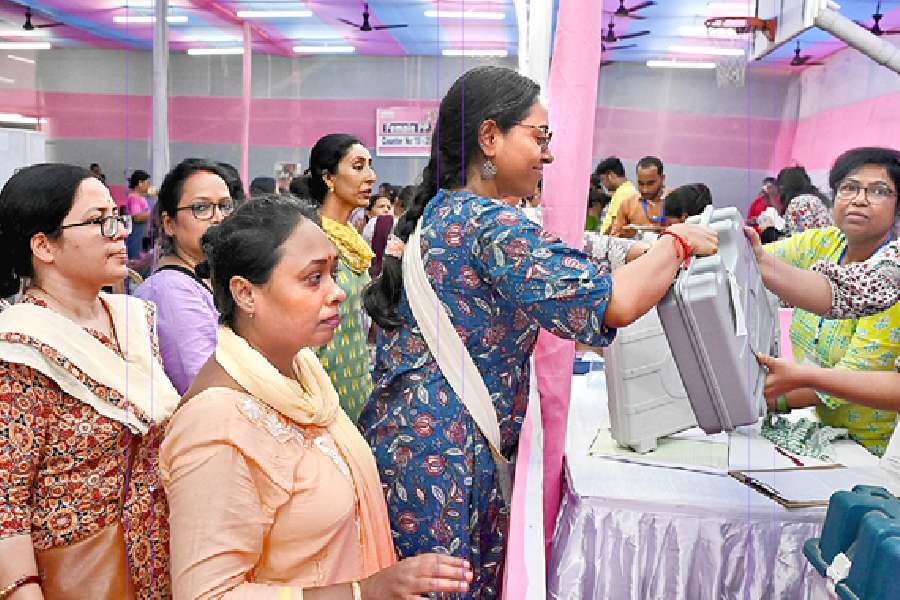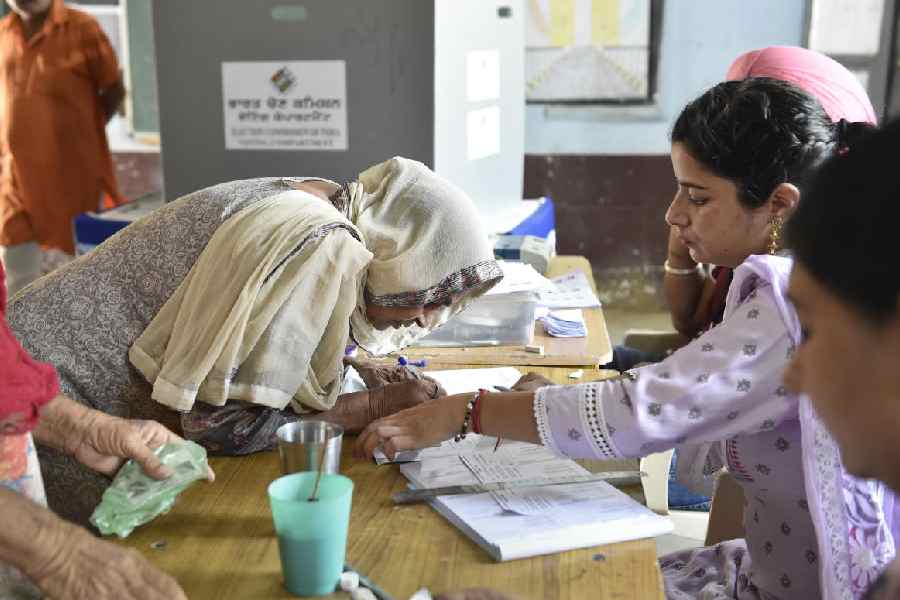Scheduled Castes
1. SCs constitute 16.6% of India’s population according to the 2011 census. Scheduled Tribes (STs), the only category other than SCs to get electoral reservations, constitute 8.6%
2. The Mandal Commission estimated in 1978 that Other Backward Classes or OBCs constitute 52% of India’s population but there are no accurate numbers for OBCs, or any other caste groups
3. Independent India’s only caste-based census, the Socio-Economic Caste Census (SECC), was undertaken in 2011-12 but the numbers were never revealed. There is now a strong demand for conducting a caste-based census led by the INDIA bloc
4. Before switching back to the NDA, the Nitish Kumar government in Bihar conducted a caste-based survey, but that cannot be deemed a census as only the office of the Census Commissioner has the power to conduct it
5. Multiple caste categories exist even among Muslims, Christians and Sikhs
Reservations
Scheduled Castes For election
1. 84 of 543 Lok Sabha seats are reserved for SCs and 47 for STs
2. In education and government jobs across India by open competition 15%. In case of direct recruitment on all-India basis, otherwise, 16.66%
Other Backward Class
3. In government jobs 27%; in force since 1993
4. In education 27%; in force since 2008
Economically Weaker Sections (EWS)
5. Since 2019, reservation of 10% seats in education and government jobs. This does not include Scheduled Castes, Scheduled Tribes and Other Backward Classes
Supreme Court Stipulations on Reservations
1. Indra Sawhney vs Union of India judgment from 1992 states that reservation shall not exceed 50% of appointments or posts, barring certain “extraordinary situations”
2. 2004 Rules that states do not have the power to further sub-classify the SCs and STs for grant of quotas
3. 2024 Examines its 2004 verdict but reserves judgment
4. And yet, there are states in excess of SC reservation stipulation: Tamil Nadu, Maharashtra, Haryana, Madhya Pradesh, Rajasthan, Chhattisgarh, Bihar, Gujarat, Kerala, Bengal, Punjab, Arunachal Pradesh, Manipur, Meghalaya, Mizoram, Nagaland and Sikkim
How does this happen?
In Tamil Nadu, which has 69% reservation, the provision was placed in the Ninth Schedule containing a list of central and state laws that cannot be challenged in courts.
In Maharashtra, the government recently resorted to the “extraordinary situations” provision in the 1992 judgment. With the 10% Maratha quota total reservation is 72%
Castes Demanding Reservation
1. Jats in Haryana, Madhya Pradesh, Uttar Pradesh and Bharatpur and Dhaulpur districts of Rajasthan are seeking inclusion in the central OBC list
2. The Kapus in Andhra Pradesh have the same demand
3. The Patidars of Gujarat first wanted OBC status and then reservation under EWS. Post 2016 announcement of the EWS quota, the movement wound down
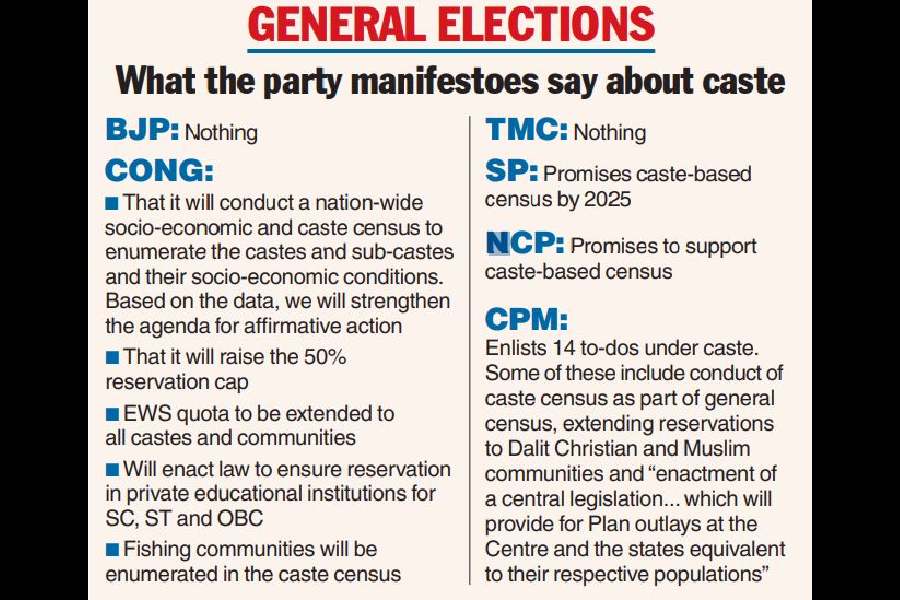
BIG MILESTONE
In 1990, around the time of the centenary celebrations of BR Ambedkar, V.P. Singh who was then Prime Minister decided to implement recommendations of the Mandal Commission from 1980 suggesting fixed quotas for OBCs. The move had India on the boil. There was rioting and incidents of violence and arson across the country, vehicles were damaged, bandhs observed. Delhi University student Rajeev Goswami set himself on fire to protest the quota.
On September 9, 1990, The Telegraph reported: Even as the nation was virtually in flames... Prime Minister Vishwanath Pratap Singh did not stop to reconsider his decision on the Mandal Commission report

